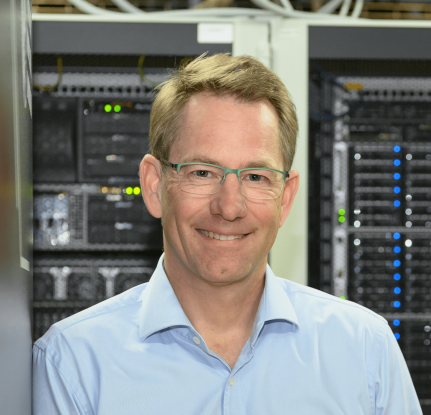High-fidelity numerical simulations will be used to investigate the characteristics of aluminum-steam combustion in laminar particle clusters. The first step is to identify ignition and flame characteristics while transitioning from a single particle to particle groups with varying particle distances, using FR-DNS. The effects of group combustion are expected to influence the overall aluminum-steam combustion characteristics. The contributions of kinetics, transport processes (convection, diffusion), and radiative transfer will be quantified. Flame topologies are characterized by systematically varying particle load and pressure, revealing if the flames propagate in the continuous or discrete regime.
Complexity will be increased by moving to systems with higher particle counts using laminar CP-DNS, enabled by the previously developed PIC models. In the transition to fully self-sustained aluminum-steam combustion, the interplay of transport processes, homogeneous and heterogeneous reactions, and the influence of polydispersity will be quantified. The results will be distilled in a novel regime diagram by connecting the flame microstructure with global combustion characteristics. This will build the foundation for understanding local flame propagation in turbulent flames.




